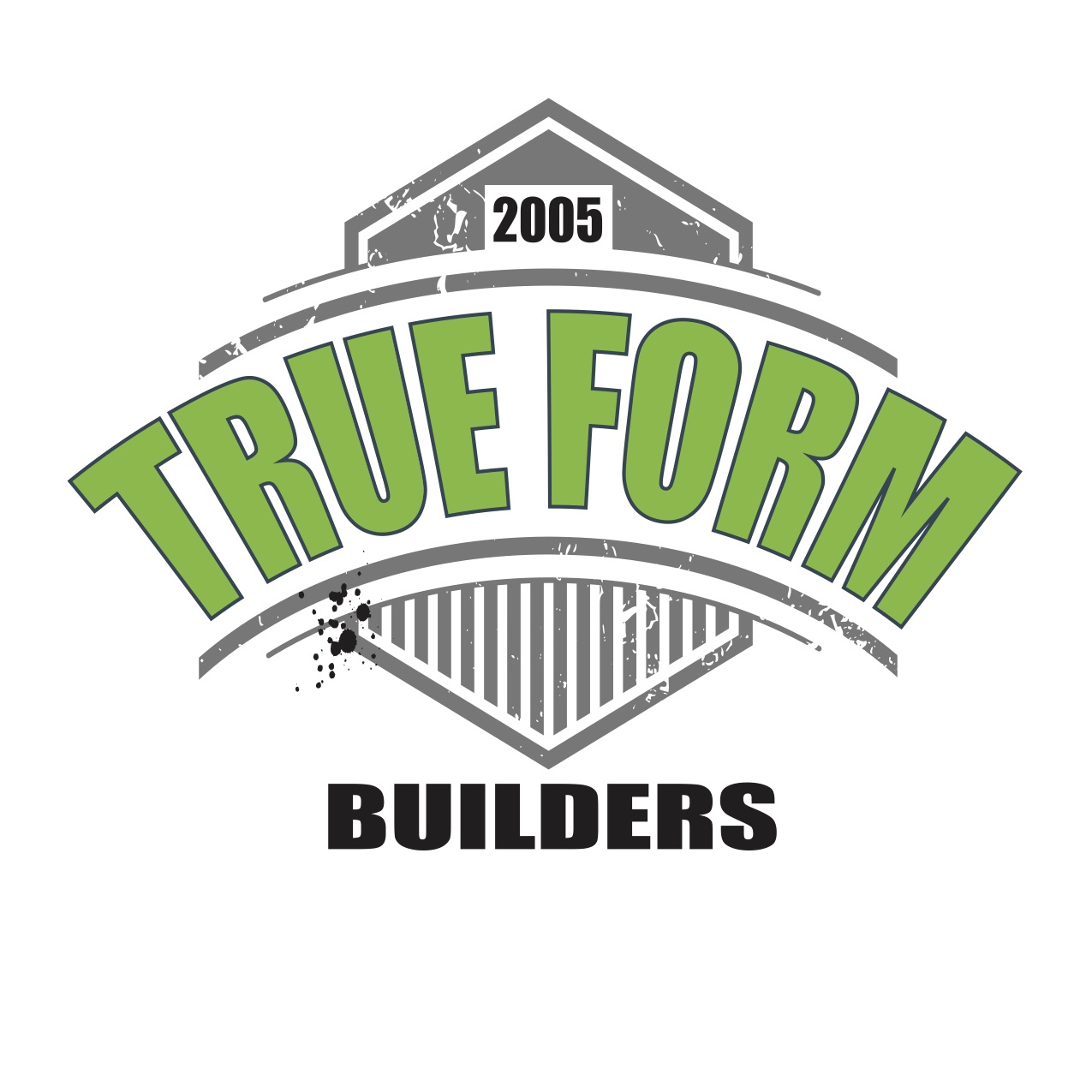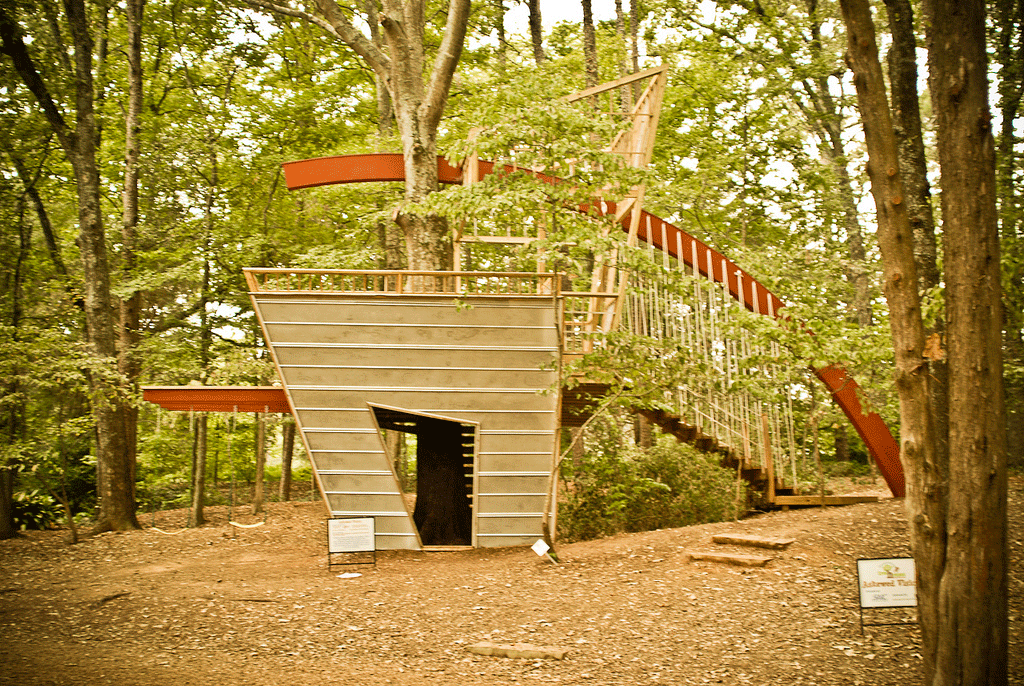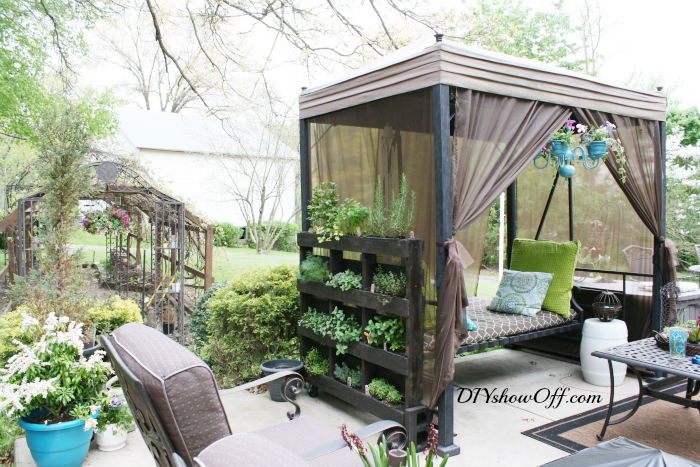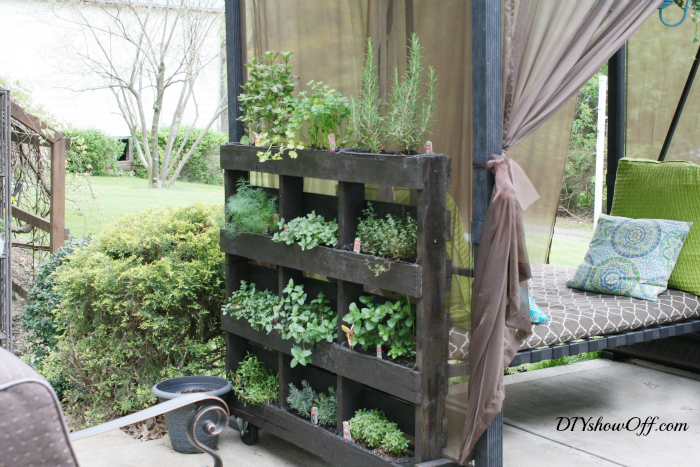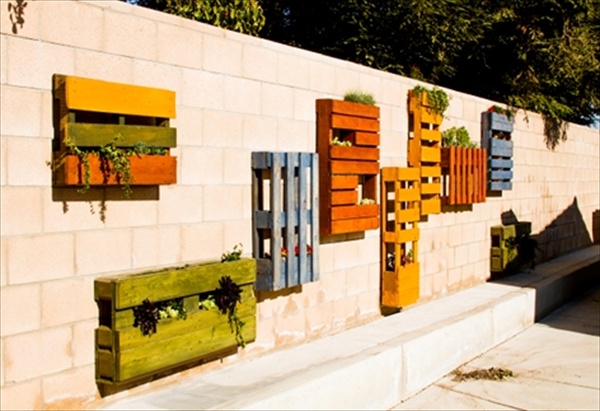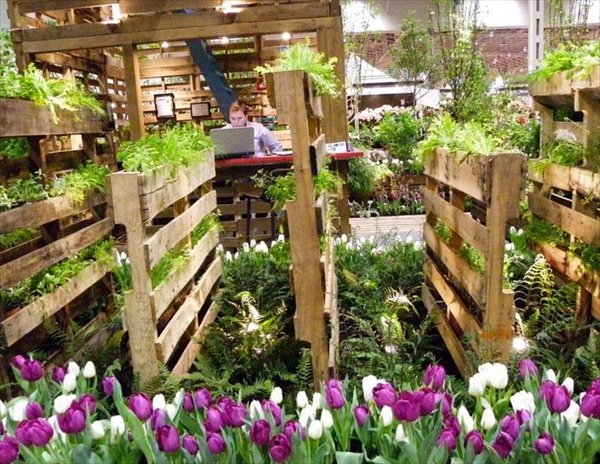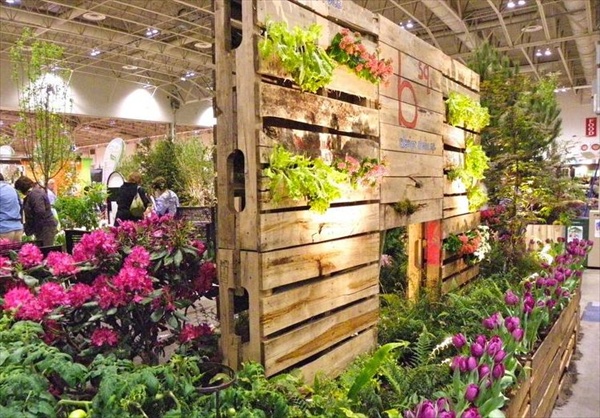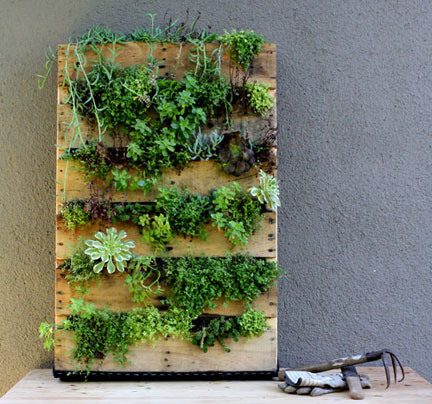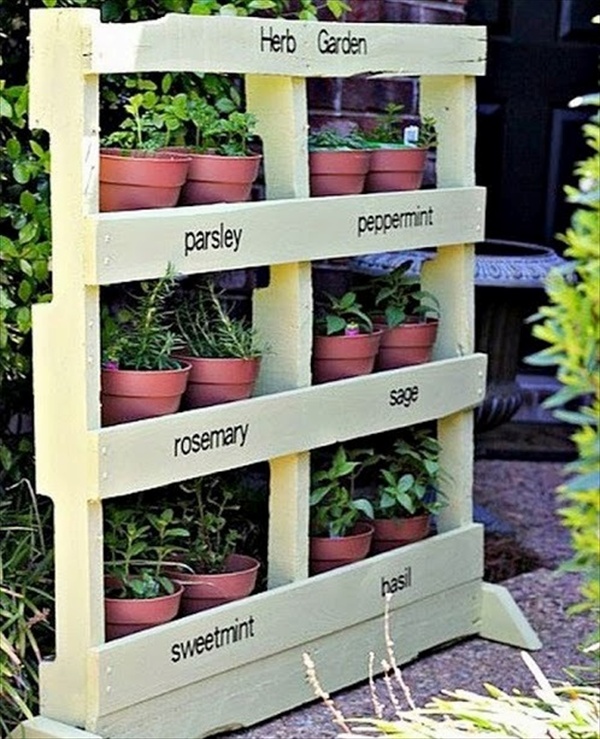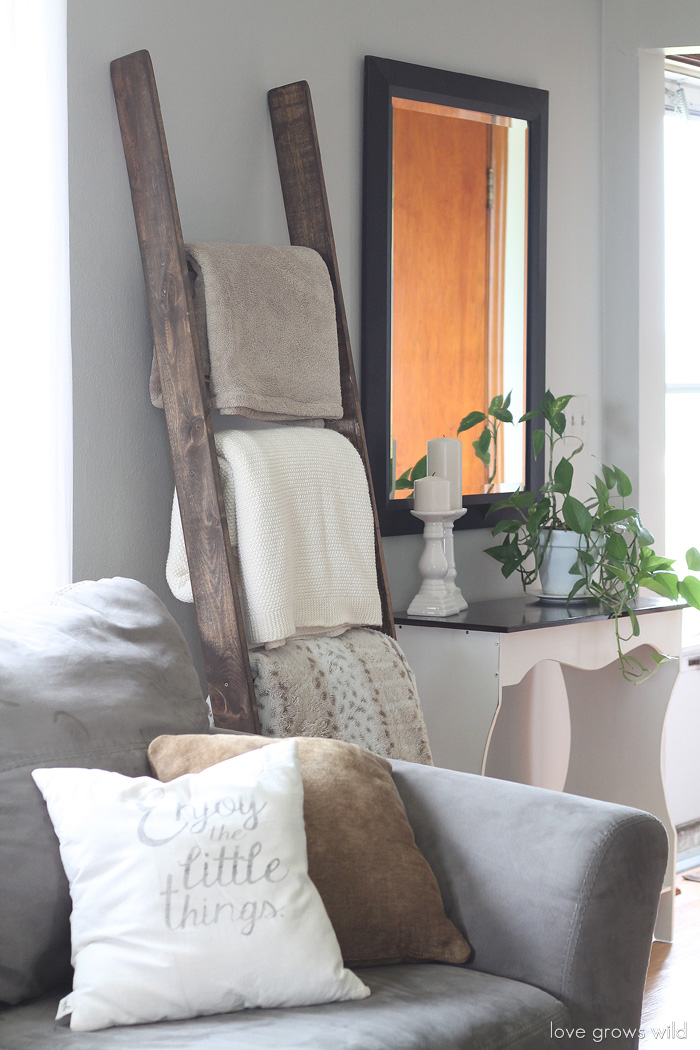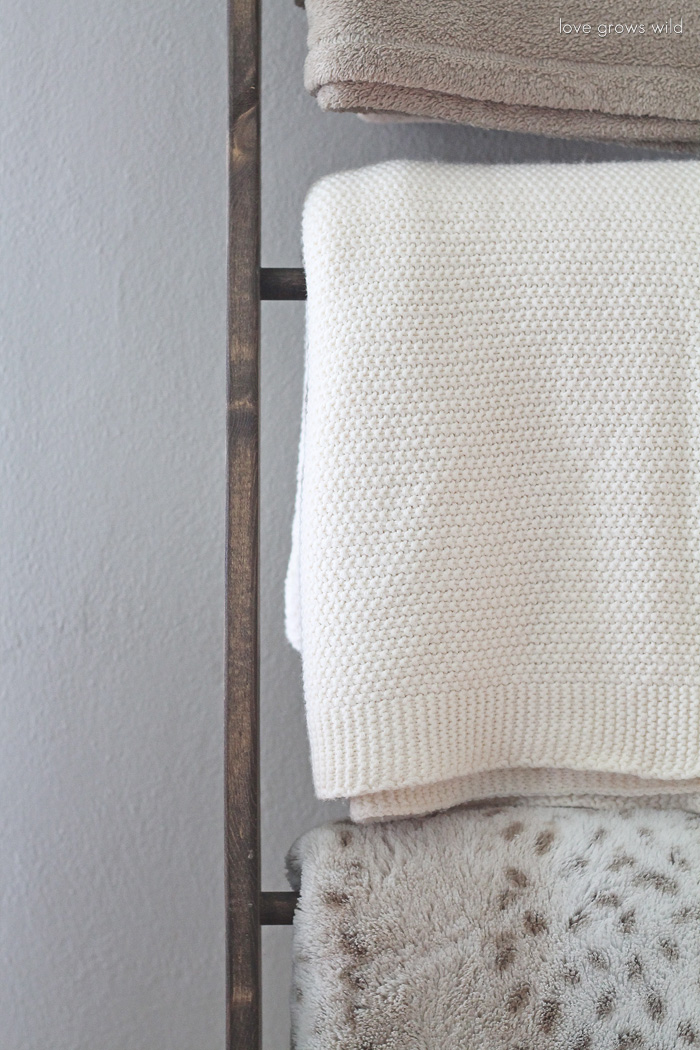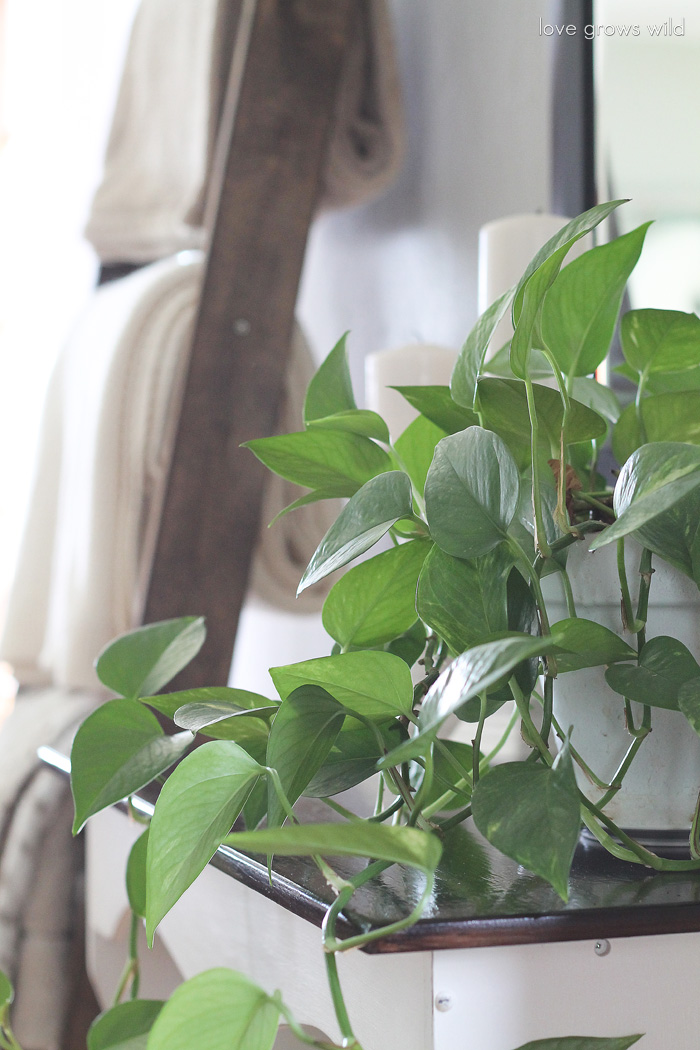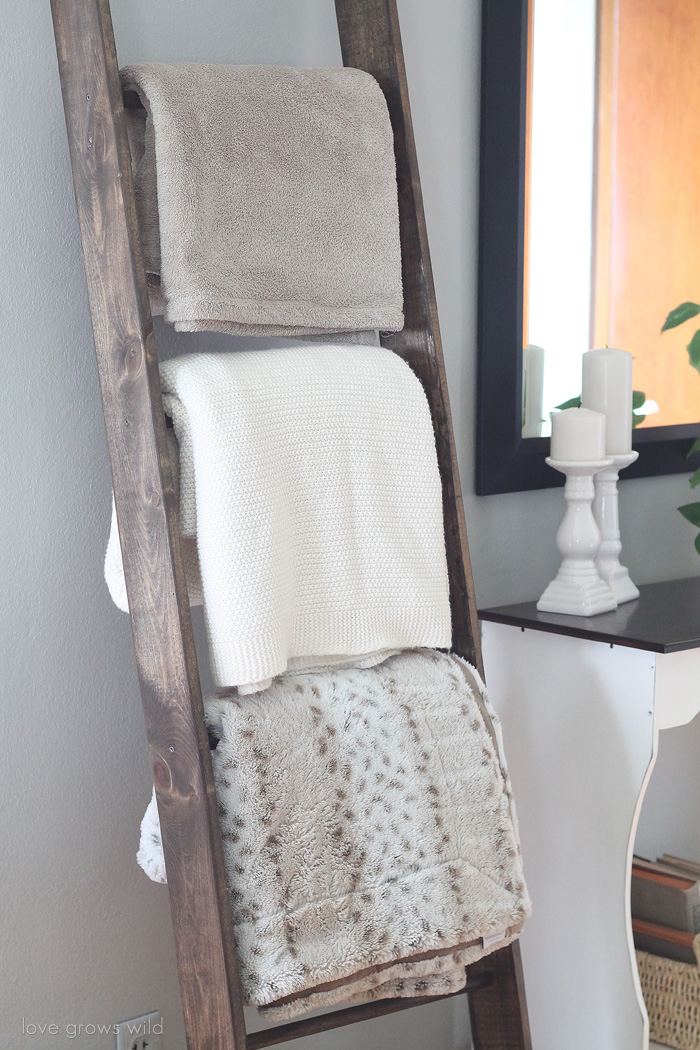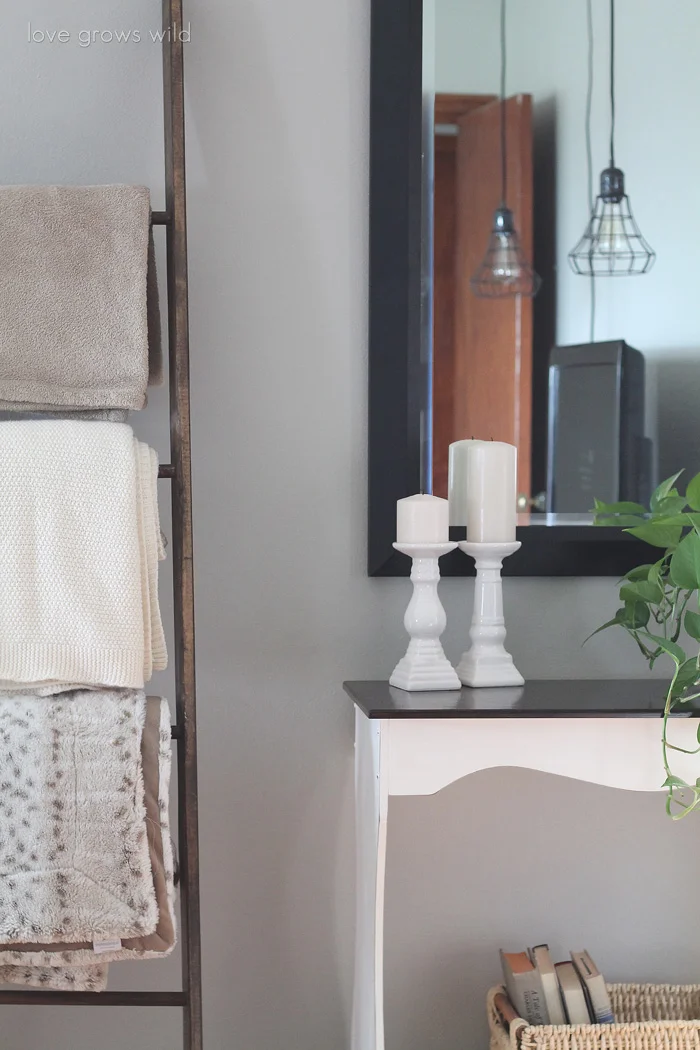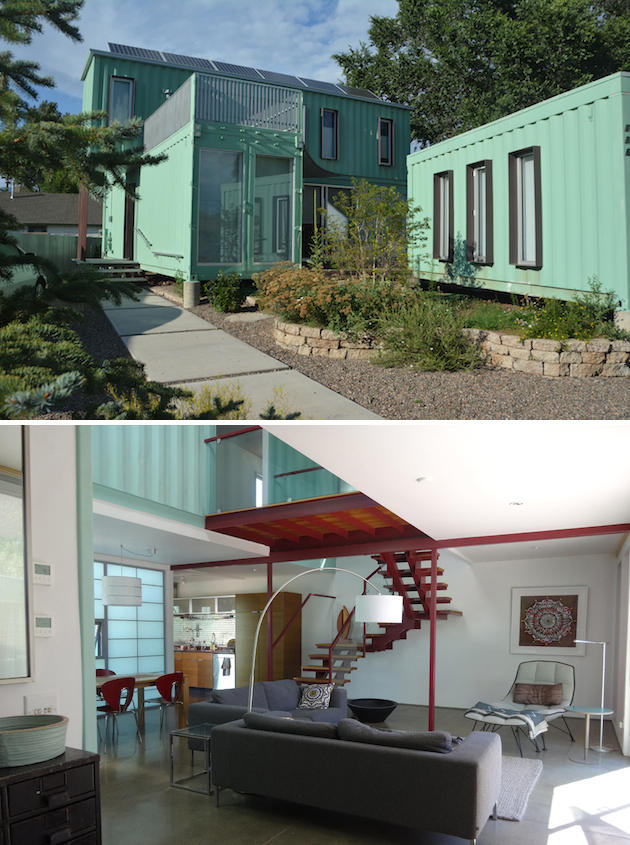The 57" Rule
/The 57" rule helps take the guess work out of how high to hang anything in any space. 57" is the average person's eye level so galleries tend to hang art work at this height. It's usually spot on unless there's an odd construction reason you can't hang something at that height such as a large piece that would overlap a radiator, etc.
The main thing is to be consistent in how you hang everything in a room so that it keeps your eye flowing. It will help create cohesiveness and balance rather than making things feels scattered.
Whether you're hanging a single piece or a group of framed art the technique is the same.
1. measure the height of your piece (or group). Let's say a single framed piece is 18" tall.
2. divide that number in half. In this instance I would get 9".
3. add that number to 57". This adds half the amount of frame height to the average eye level so that your piece will be centered at eye level. 57 + 9 = 66.
4. flip your piece over to see where the hook, wire, etc. is and measure how far down it is from the top of the frame. Make sure to pull your wire up as high as it will go to simulate how it will hang before measuring. Let's say the distance from the top of my frame to the hook is 2".
5. subtract that amount (2" in my case) from the number in the third step (66"). 66 - 2 =64.
6. measure that high from the floor on your wall and mark. This is where you will want to drill your hole or attach your 3m hook, etc (64" high in my case). Once hung, your piece will be centered at eye level.
When you're working with a group of art, the concept is basically the same. Instead of measuring a single framed piece you'll measure from the top edge of the highest piece to the bottom edge of the lowest piece. In my case it was about 39" from top to bottom. I divided that number in half to get 19.5" and then added it to 57" to get 76.5". This is where it's different.
Tips on arranging your gallery wall.
These tips and images were found on the amazing site www.momtastic.com by Janette Crawford at homepolish
1. Lay it out.
Lay out the pieces of your gallery wall on the floor. Start with a large centerpiece and build out. Use inspiration images from Step 1 to help. If you’re having a hard time deciding on a composition, try this: When you have something you like, snap a picture on your phone. Then make another arrangement. Do this a few times, and then flip through the snapshots. This “editorial view” can help you decide which you like best.
2. Mock it up
Next, to be sure that your composition looks good on the wall and that the height of it is right(see 57" rule above), mock it up on the wall with paper. Trace each frame onto a piece of kraft or tissue paper, trim to size, and tape to the wall in your desired order. Ask yourself, is it grouped around nearby furniture appropriately? Is it a comfortable height? Does it fill the space appropriately? Note that this step is optional, but it helps alleviate error (i.e., unwanted nail holes)!
3. Hammer and Hang
One perk of using paper mock-ups is making nail placement easy. You can mark each paper with the spot where the frame’s nail should be placed, and when the paper is on the wall, hammer it directly into the mark on the paper, tearing it away after. Then comes our favorite part—hanging those glorious frames on that glorious wall.
4. Enjoy
